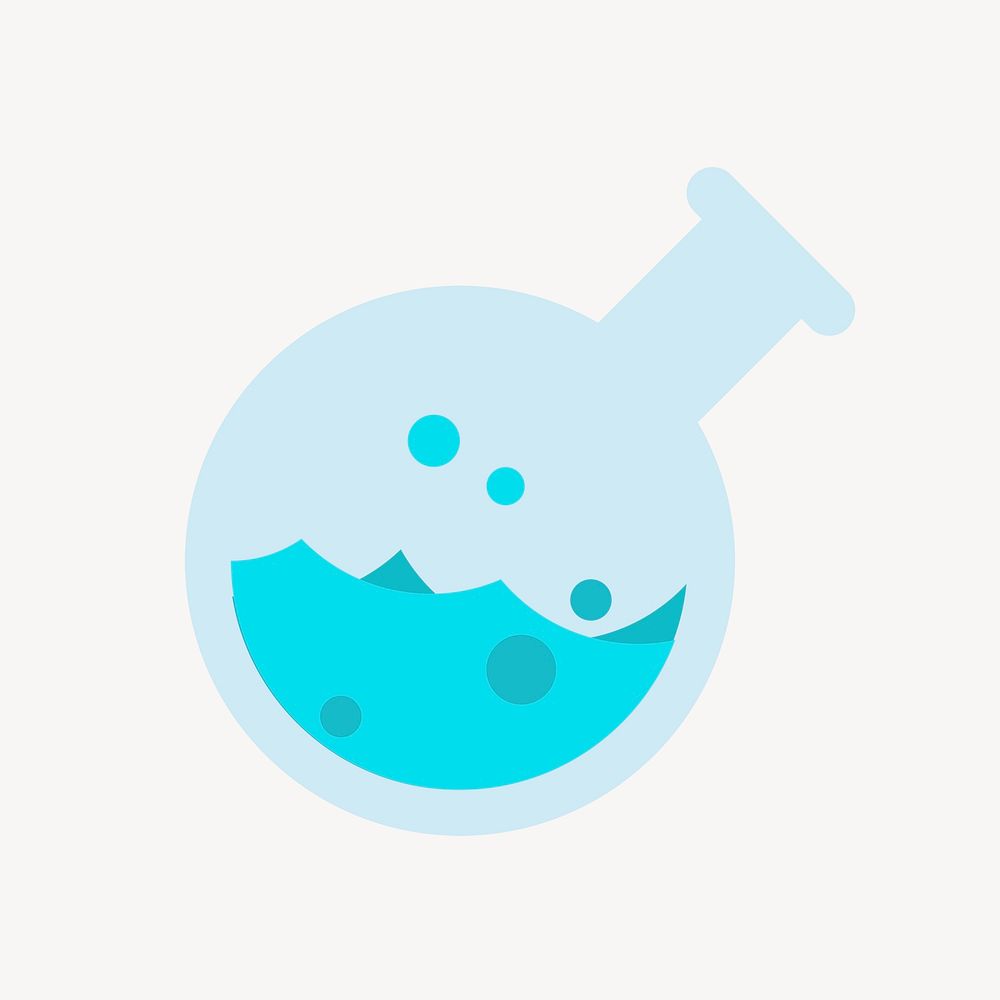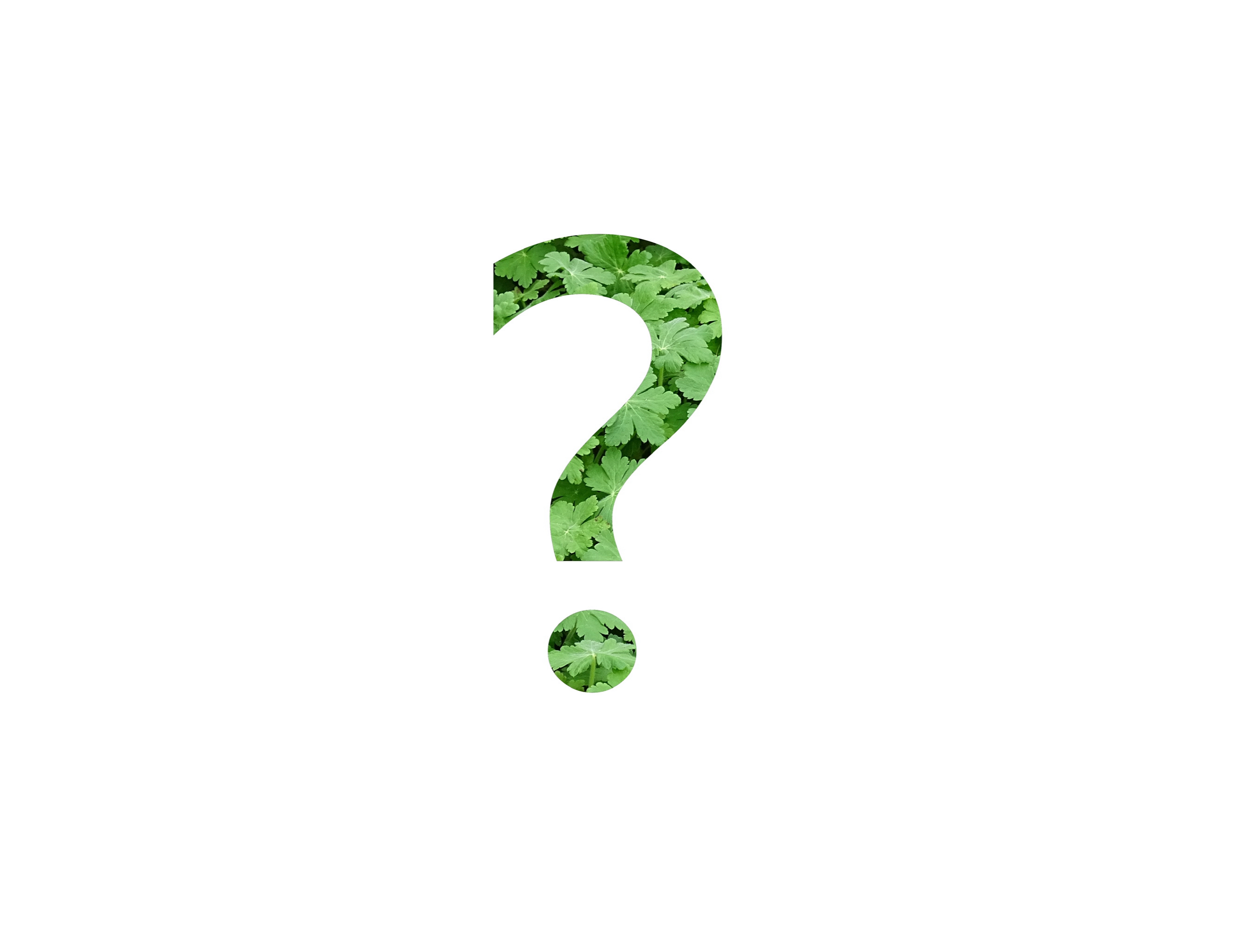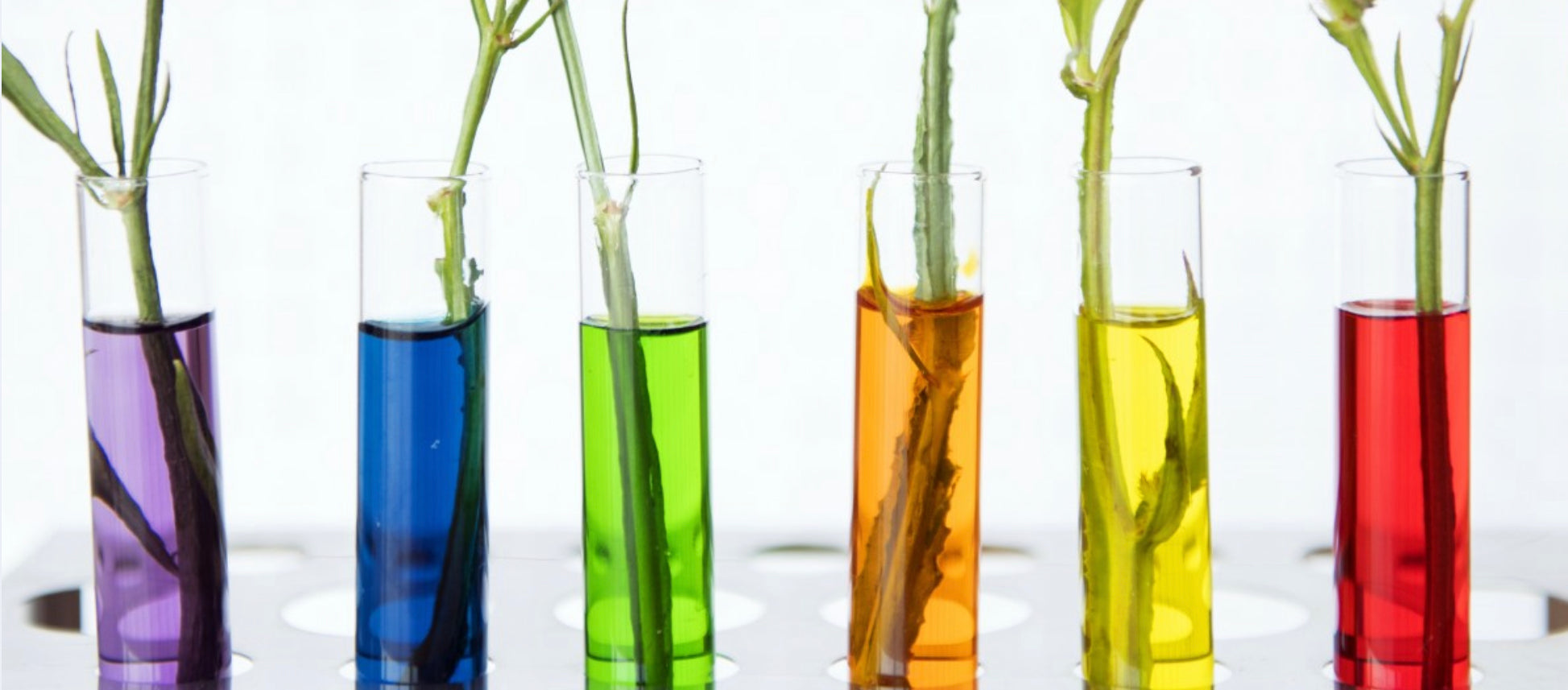What is a Blurple Grow Light? And Why Use One?
Understanding How a Blurple Grow Light is Different From Other Lighting Systems and Why/When to Use One
When you’re researching LED grow lights for your hydroponic garden, you’ll find there are two main types: narrowband LEDs that can produce a specific colour and full-spectrum or RGB LEDs that can produce virtually any colour of light.
Narrowband LEDs produce a narrow spectrum of a particular light, such as blue or red. Full-spectrum or RGB LEDs can produce a broader range of light colours that includes white. White light is technically a mix of red, green, and blue, and that’s what RGB stands for (red, green, and blue).
There are also lights that are not narrowband, but not full spectrum either, and blurple LED grow lights are one of them. Blurple LED grow lights produce purple light by mixing red and blue. Depending on the hue of the colour, red makes up 75–90% of the light and blue 10–25%. The light they produce looks purple, hence the term ‘blurple’.
Plants need different light spectrums at different growth stages. Plants that have just finished sprouting and are now entering the growing or vegging stage need blue/white light. At flowering and fruiting stages, plants prefer a warmer orangey-red hue of light. Red and blue frequencies of light are generally considered to be the most important for plant growth. The idea behind blurple LED grow lights is that you only focus on the most important light frequencies and forget about the rest.
Full-spectrum LED grow lights are really versatile, as they can produce virtually any colour of light to support your plants’ growth at all stages. They can be quite expensive, however. Narrowband lights are cheaper, but not as versatile, as they only produce a narrow spectrum of a particular light. Blurple LED grow lights can be a happy middle ground. While they are not as versatile as full-spectrum grow lights, they are not as expensive either, and they can produce a wider spectrum of light than narrowband grow lights.

Blurple LED grow lights’ main benefit is that they produce purple light that’s good for plants at flowering and vegetative growth stages. They are also incredibly energy-efficient. Purple light is generally considered more favourable for plants because purple light with a balanced ratio of red and blue helps plants develop a healthier growth habit. While red light is better for pushing plants’ photosynthesis abilities, it’s not good for them in the long term because plants can develop elongated growth from being exposed to red light for an extended period of time.
Blurple LED grow lights are not perfect, of course, and have some drawbacks. They make the plants and working environment look purple, which can make it harder to spot pests and diseases. Some people can find the purple light produced by blurple LED grow lights unpleasant, so that’s one thing to consider before buying these grow lights. Lastly, as researchers are learning more about how plants respond to different light frequencies, it is becoming evident that while red and blue light is important and plants don’t use green or yellow light as much during photosynthesis, they do make use of some. After all, plants grow under sunlight in nature, and sunlight is white light which contains all colours of the spectrum.
Personally, I’ve used blurple LED grow lights for a long time, and in my experience, they have performed really well, and while full-spectrum grow lights are more versatile, they can be considerably more expensive. Blurple LED grow lights are energy-efficient, affordable, and they work well as a versatile grow light. They can be a good choice if you’d like to get LED grow lights, but can’t afford full-spectrum LED grow lights.
For more great content check out the Proponics YouTube channel below!

By Max Barnes
Max Barnes is a long-time homesteader and author. Max grows the majority of his own food year-round using a variety of different methods, including hydroponics. Hydroponic gardening plays a huge part in his homestead and self-sufficiency goals.




